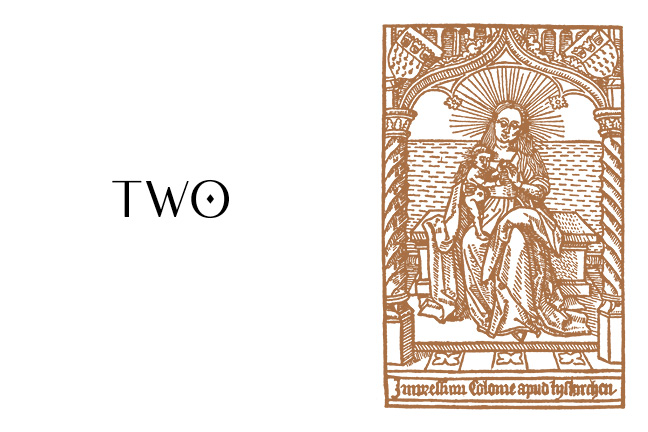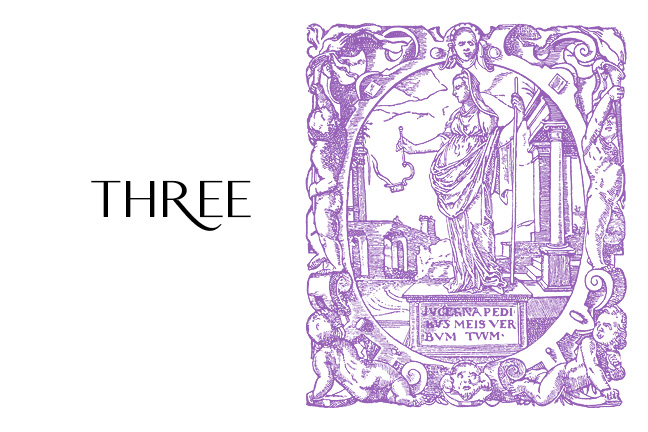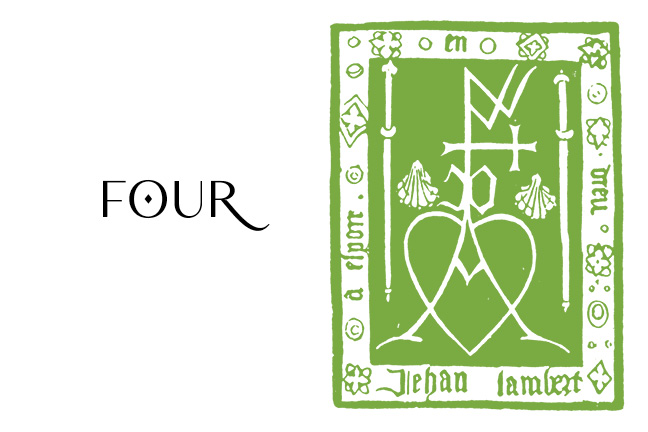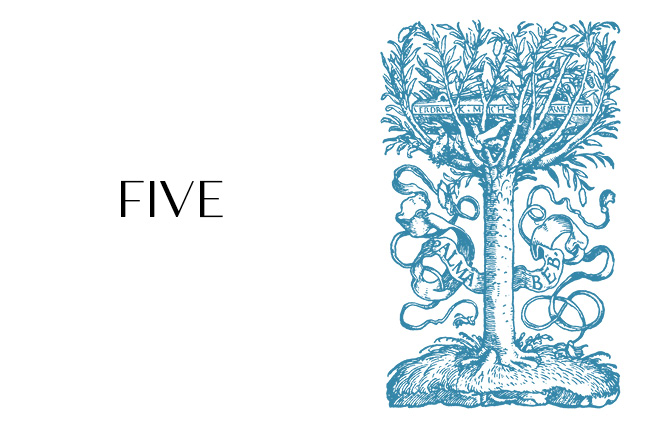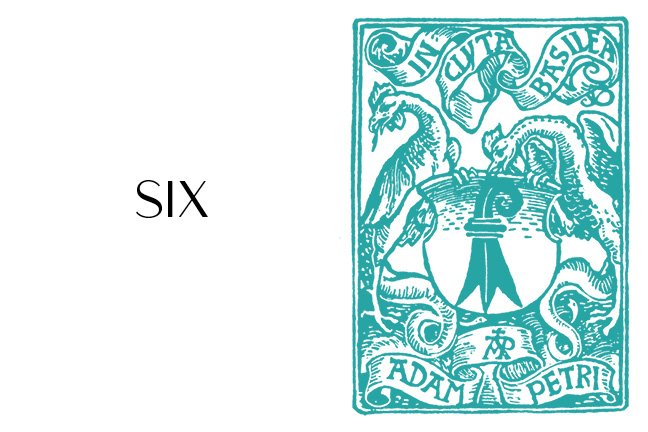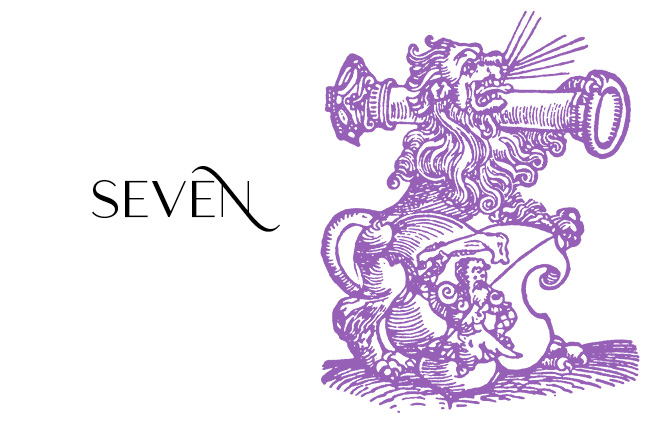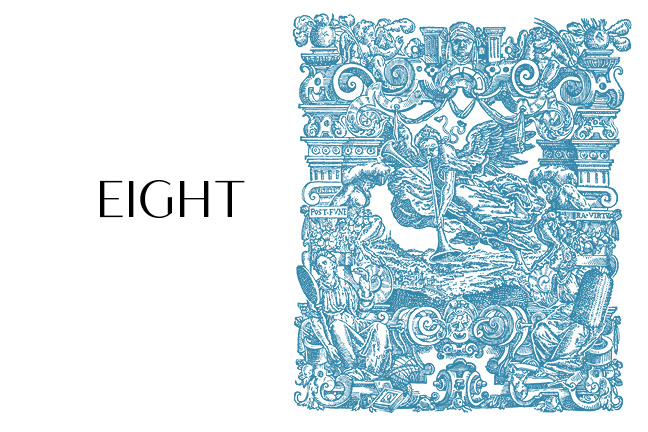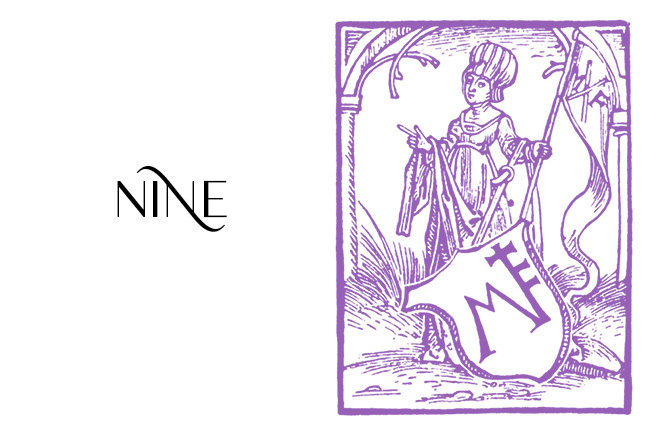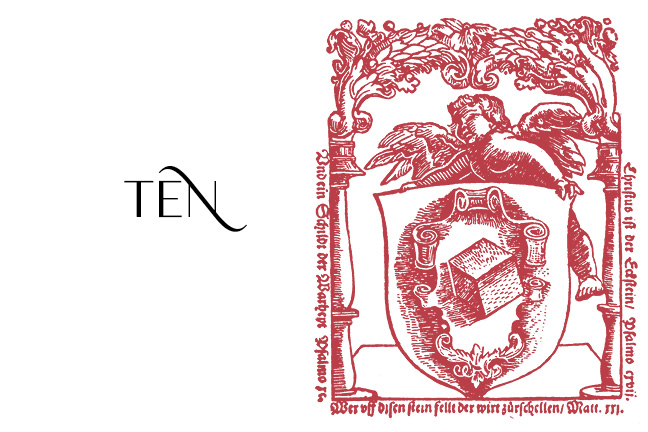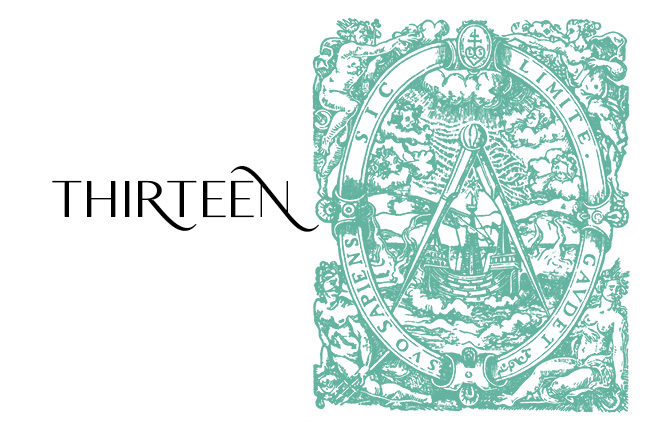Printer’s Marks Part 7
A GRANITE BAY ![]() DESIGN MICROSITE
DESIGN MICROSITE
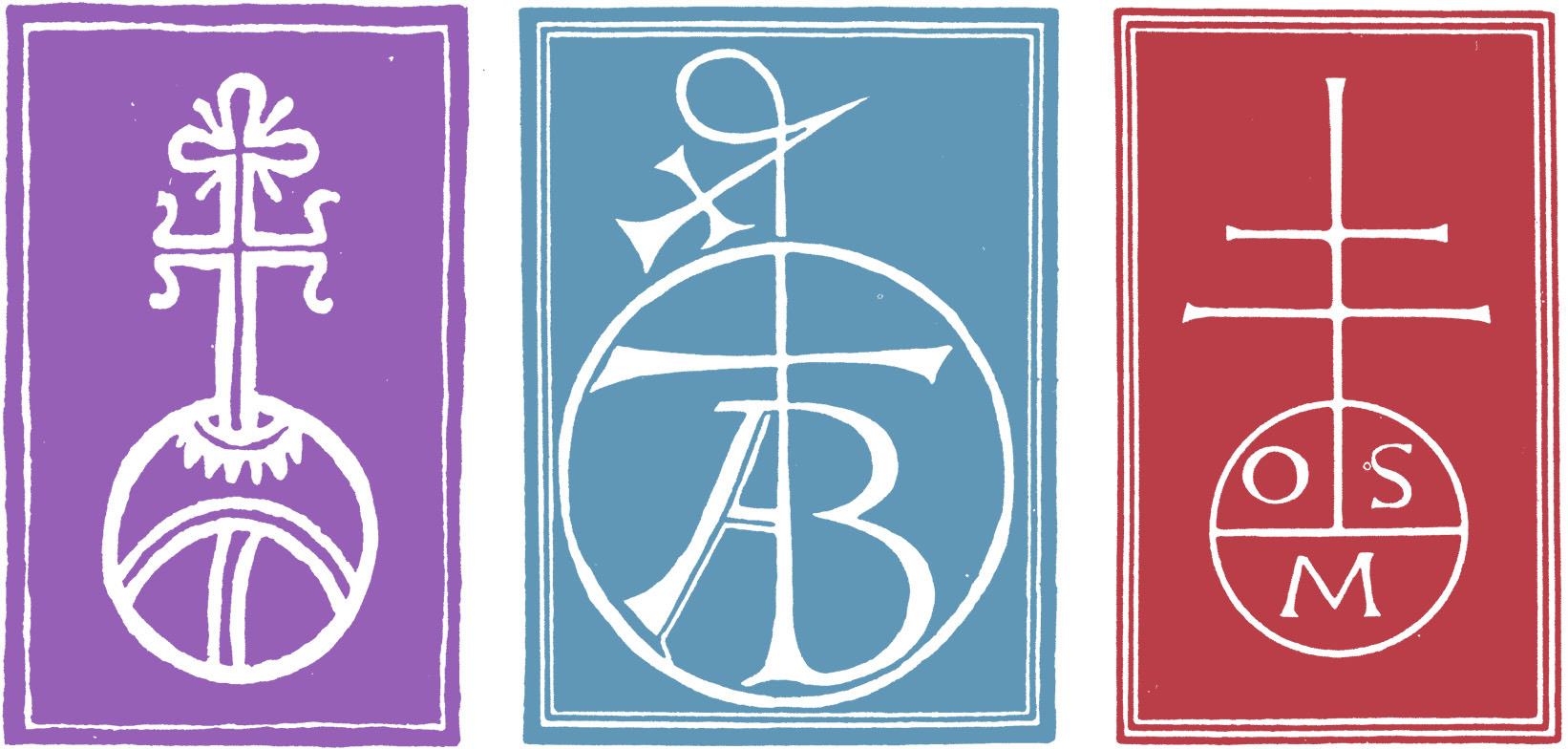
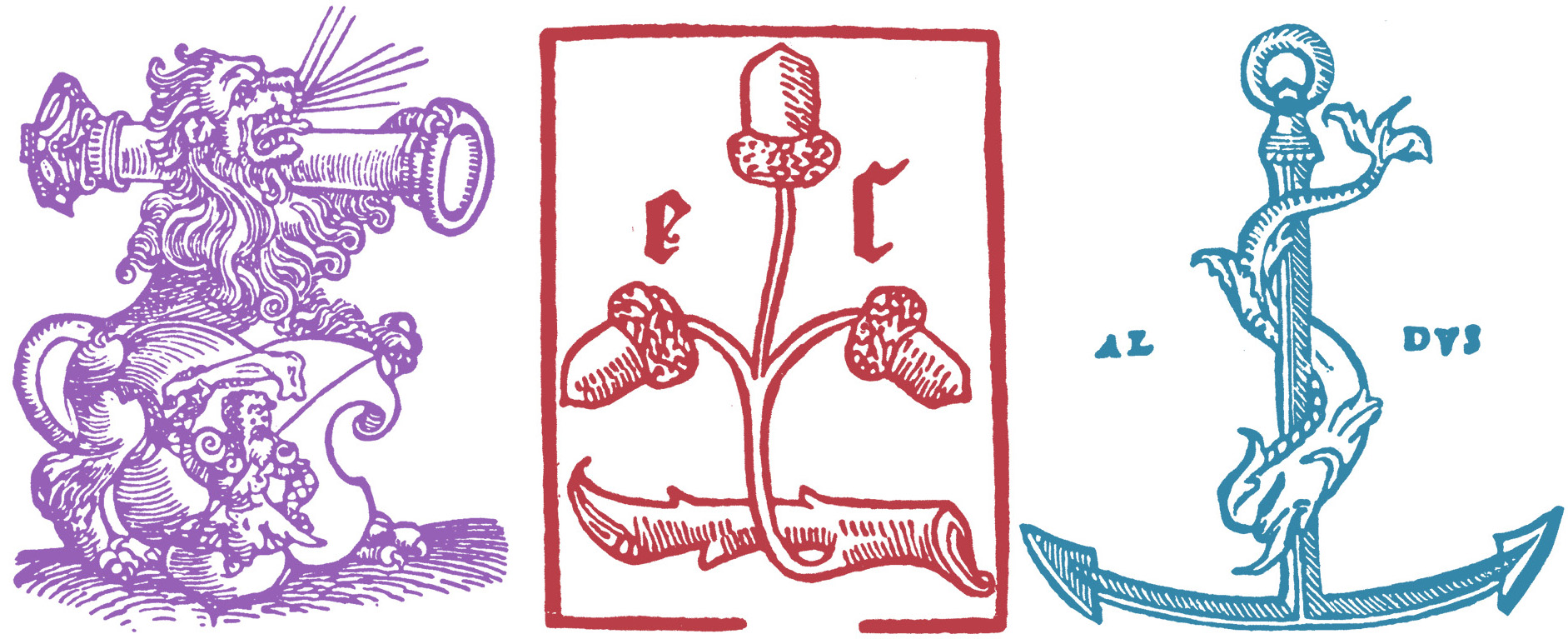
Printer’s Marks Part 7
Craft Mueller (Strassburg 1538)
Engelhard Schulis
(Lyon 1491)
Manutius Aldus (Venezia 1494)
The History of Printing
“It is traditionally surmised that Johannes Gutenberg, of the German city of Mainz, developed European movable type printing technology with the printing press around 1439 and in just over a decade, the European age of printing began. However, the evidence shows a more complex evolutionary process, spread over multiple locations.[87] Also, Johann Fust and Peter Schöffer experimented with Gutenberg in Mainz. A finding in 2015 brought evidence of quires as claimed by extensive research, printed in 1444-1446 possibly assigned to Procopius Waldvogel. Compared to woodblock printing, movable type page-setting was quicker and more durable. The metal type pieces were more durable and the lettering was more uniform, leading to typography and fonts. The high quality and relatively low price of the Gutenberg Bible (1455) established the superiority of movable type, and printing presses rapidly spread across Europe, leading up to the Renaissance, and later all around the world. Today, practically all movable type printing ultimately derives from Gutenberg’s movable type printing, which is often regarded as the most important invention of the second millennium. Gutenberg is also credited with the introduction of an oil-based ink which was more durable than previously used water-based inks. Having worked as a professional goldsmith, Gutenberg made skillful use of his knowledge of metals. He was also the first to make his type from an alloy of lead, tin, and antimony, known as type metal, printer’s lead, or printer’s metal, which was critical for producing durable type that produced high-quality printed books, and proved to be more suitable for printing than the clay, wooden or bronze types used in East Asia. To create these lead types, Gutenberg used what some considered his most ingenious invention: a special matrix which enabled the moulding of new movable types with an unprecedented precision at short notice. Within a year of printing the Gutenberg Bible, Gutenberg also published the first coloured prints.”
from The History of Printing on Wikipedia
The printer’s marks were scanned from the copyright free book “Symbols, Signs & Signets” by Ernst Lehner.


